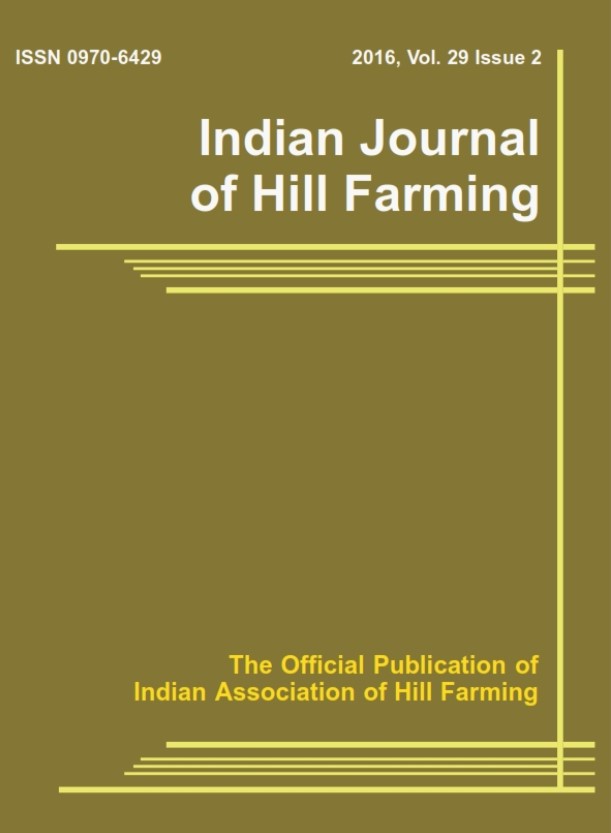Prevalence of parasites of pigeons (Columba livia domestica) in the hilly region of Meghalaya
Keywords:
Parasite, Pigeons, Hilly region, MeghalayaAbstract
The objective of this study was to determine the extent to which pigeons in the hilly regions of Meghalaya are infected with both internal and external parasites. A total of 195 numbers of faecal samples were examined for four months by using flotation and McMaster techniques. The overall prevalence of gastrointestinal parasitic infections in pigeons of Umiam, Meghalaya was 44.10%. Eggs of Ascaridia columbae (18.60%), Paratanaisia bragai (15.11%), Capillaria obsignata (9.30%), Strongyloides avium (12.79%), Raillietina cesticillus (6.97%), Raillietina tetragona (11.62%), Eimeria sp. (8.13%) and mixed infection (17.44%) were recorded. Examination of blood smear revealed presence of Haemoproteus columbae (6.63%). Necropsy of 6 numbers of pigeons revealed presence of Raillietina tetragona (33.33%), Raillietina echinobothrida (16.66%), Cotugnia sp. (16.66%), Cysticercus sp. (16.66%) and Paratanaisia bragai (16.66%). Two species of ectoparasites, Menopon gallinae (16.66%) and Columbicola columbae (33.33%) observed. The present findings have significance because these parasites have detrimental effect on the infected birds and also serve as a possible reservoir for zoonotic diseases.




